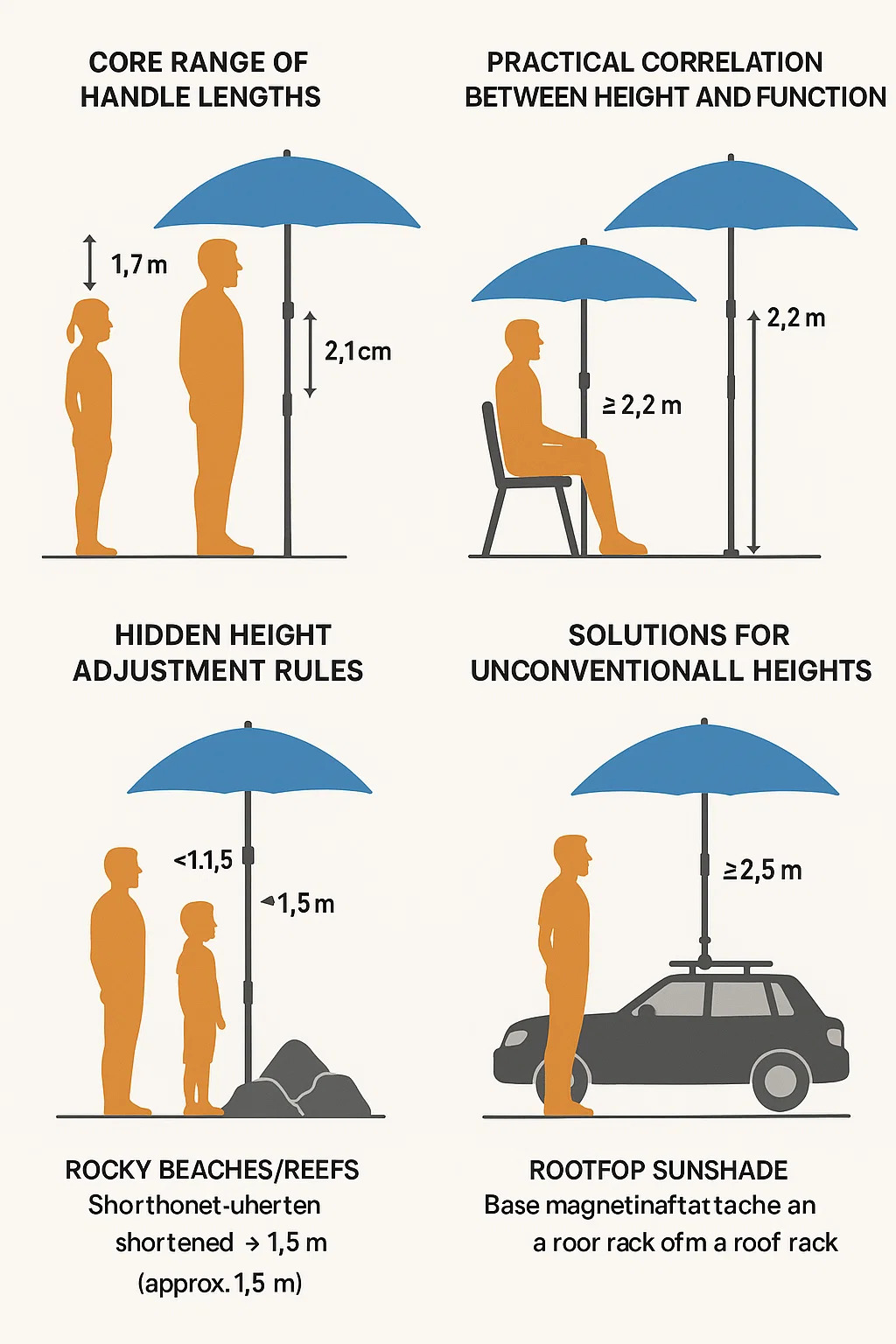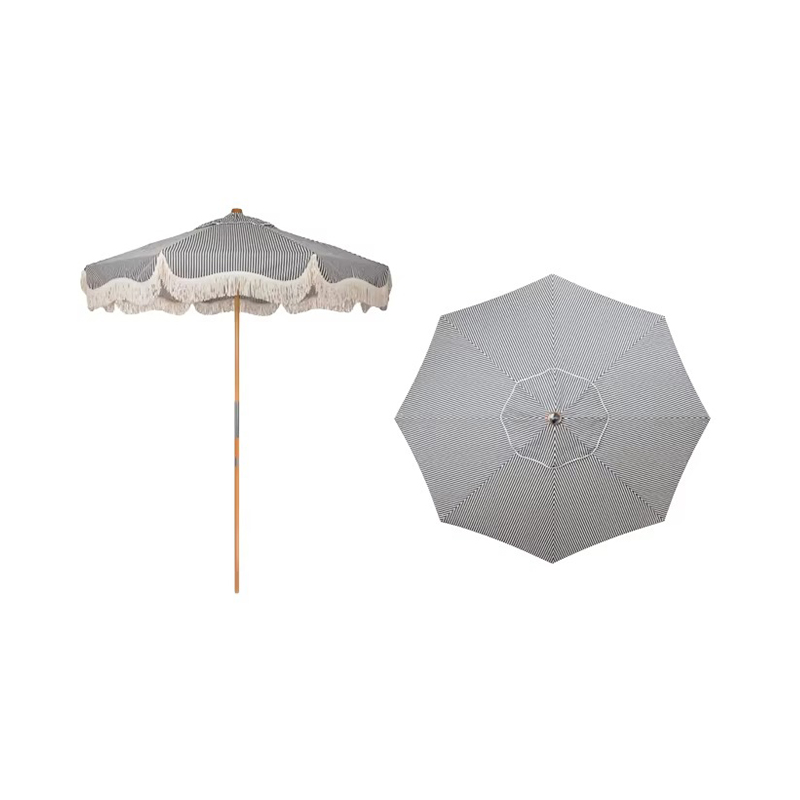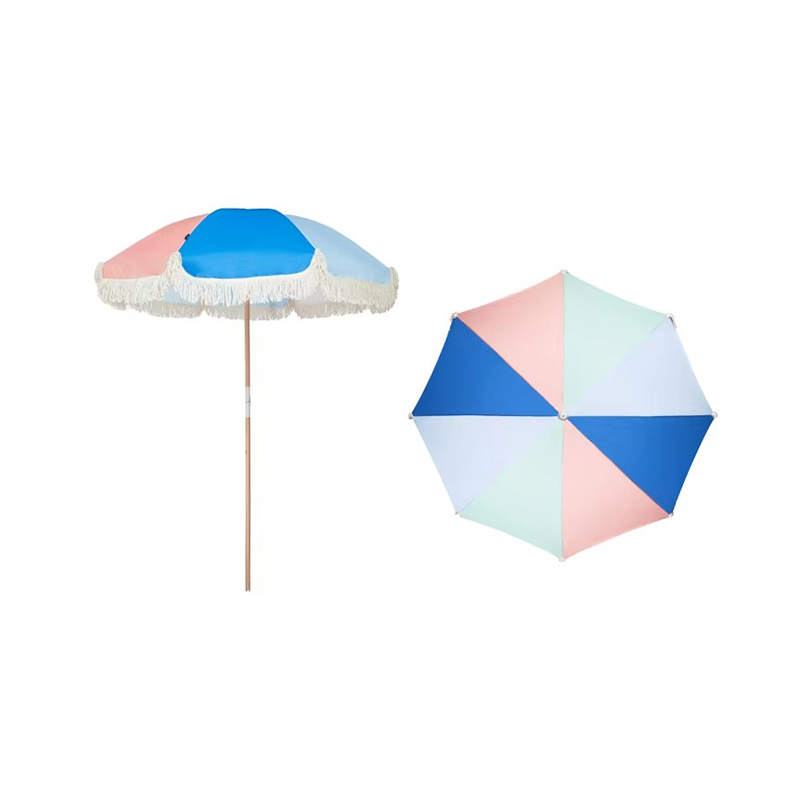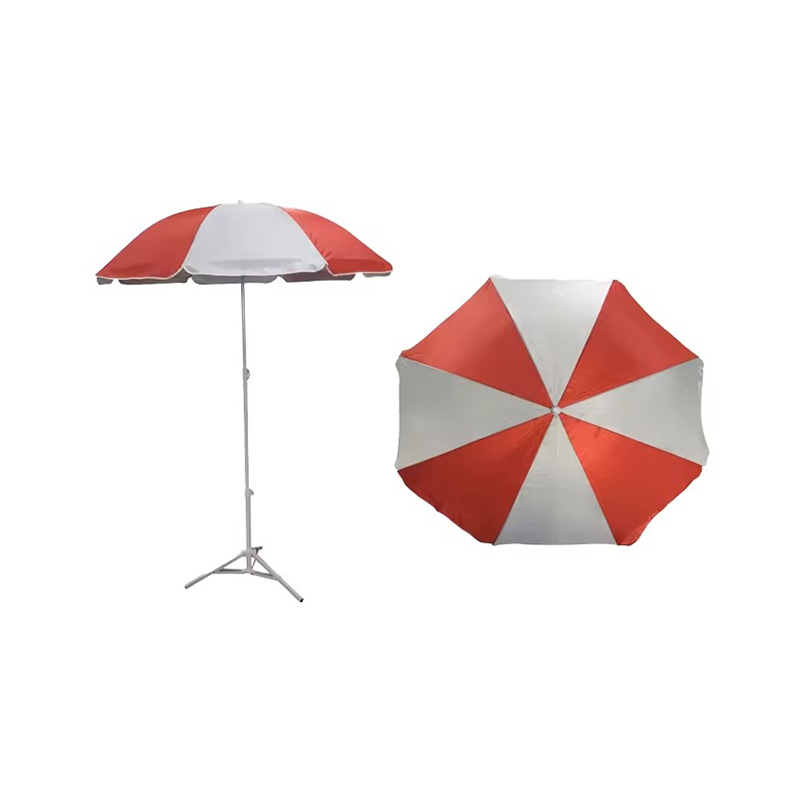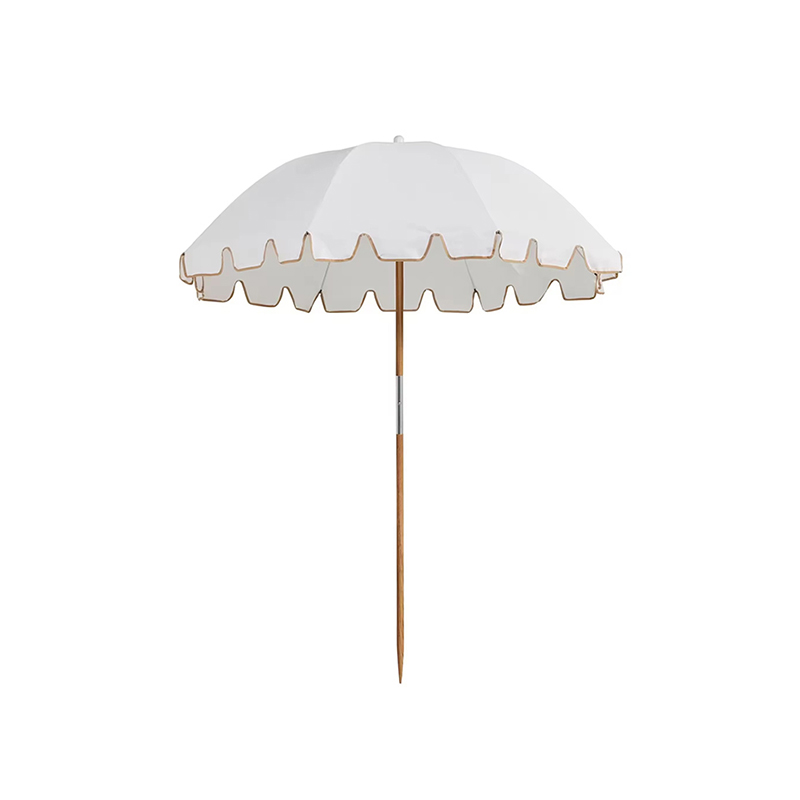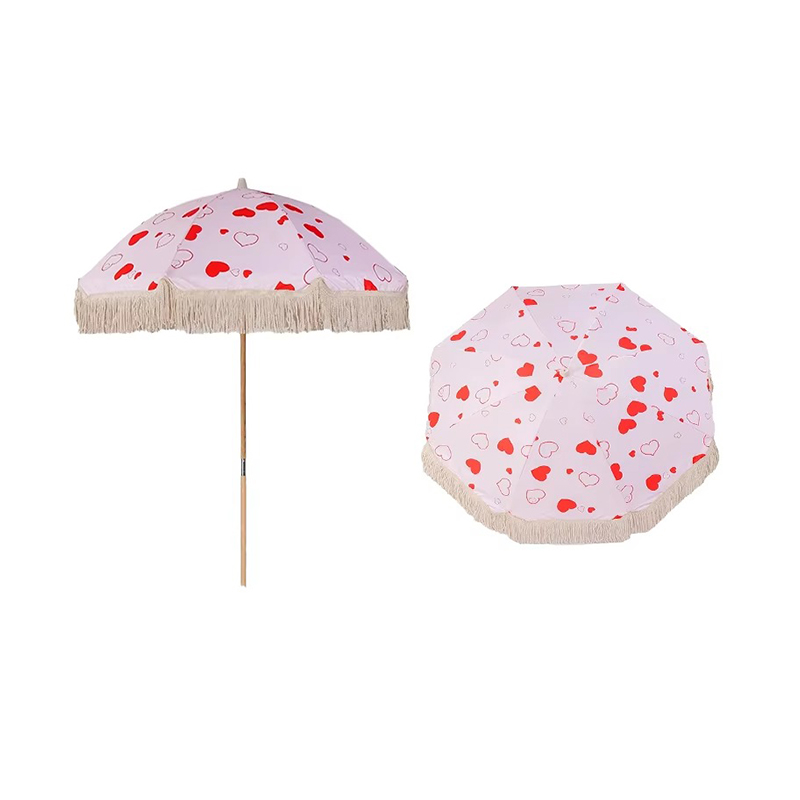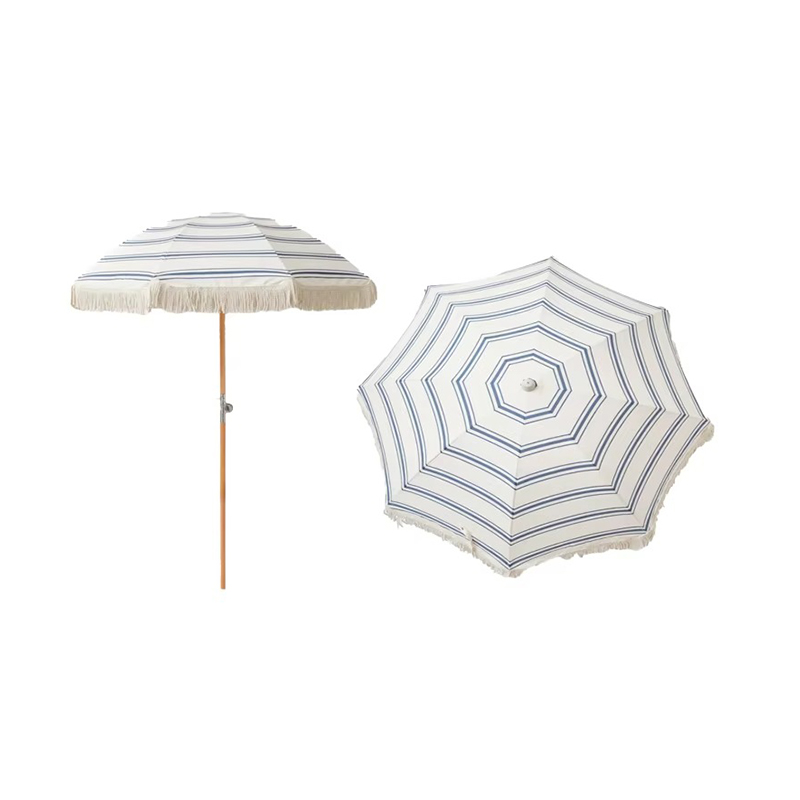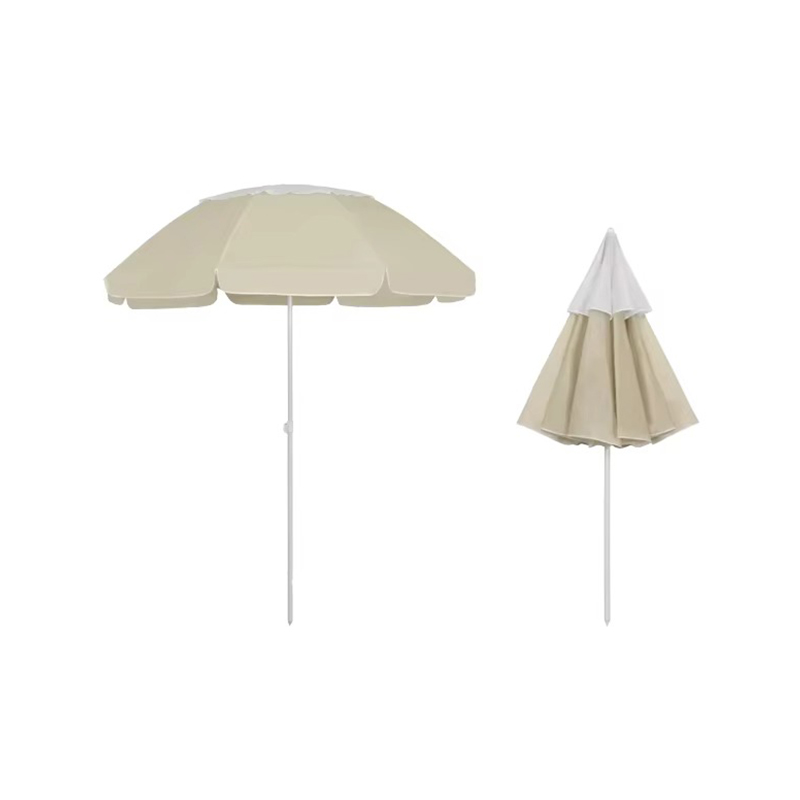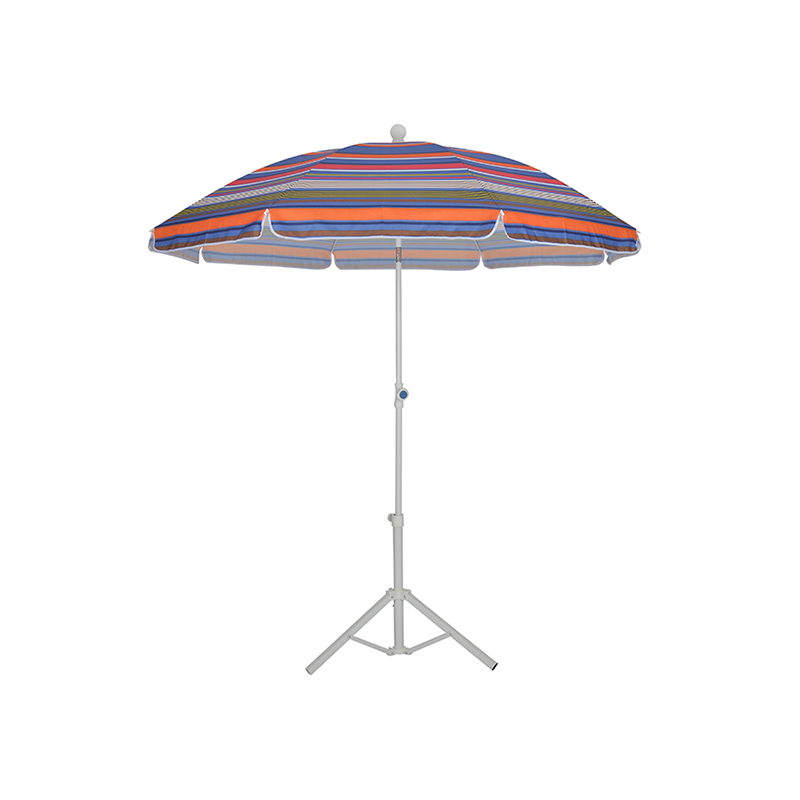How tall is an average beach umbrella?
Posted by Admin
The following is a practical analysis of beach umbrella heights, based on common usage scenarios and ergonomic design principles:
Content
1. Core range of handle lengths
Basic portable models: When folded, the length is approximately the length of an adult's arm (from armpit to fingertips), making it easy to fit in a car trunk or backpack side pocket. When unfolded, the top of the handle reaches the level of the clavicle (referenced for a height of 1.7 meters).
Multi-person sun protection models: The handle extends to the height of the raised arm over the head + 20cm (approximately 2.1 meters), ensuring that the umbrella does not hit the head when standing or walking.
2. Practical correlation between height and function
Short umbrellas (≤1.8 meters): Designed for sun protection while sitting. The brim height matches the backrest of a beach chair (70-80 cm), ensuring that the head is exposed to the sun when standing.
Tall umbrellas (≥2.2 meters): Compatible with both sitting and standing, but with a higher center of gravity, they require stronger anchoring (use caution in strong winds).
3. Hidden Height Adjustment Rules
Preferred for Families with Children: The top of the umbrella handle should be ≤ parent's shoulder height (approximately 1.5 meters) to prevent children from grasping the adjustment knob and causing it to tip over.
Special Specifications for European and American Markets: The umbrella height is generally increased by 15-20 cm (to accommodate an average height of 1.85 meters and above). This is important to note when purchasing imported umbrellas.
4. Differences in Height Adjustment Mechanisms
Stepped Snap-On Type: Extends and retracts in three positions (25 cm increments per position). The lowest position provides stability while digging into the sand, while the highest position provides shade while standing.
Stepless Knob Type: Allows for free adjustment but can become loose, with a high risk of the metal tube becoming stuck after heavy rain.
5. Solutions for Unconventional Heights
Rocky Beaches/Reefs: Shorten the umbrella handle to 1 meter and insert it into a rock crevice, securing it with gravel.
Rooftop Sunshade: Extend the handle to 2.5 meters, with the base magnetically attached to the roof rack.
